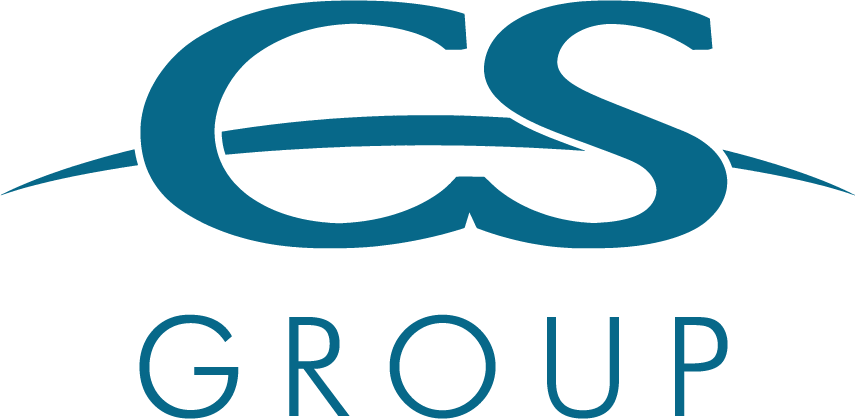Part of our flight dynamics team was involved in the recent launch of Sentinel-2B, the 5th satellite of the Earth observation programme of the EU, called Copernicus. Let’s focus on this exciting time in the life of a satellite and its pilots..
The actual activities for the team at ESOC don’t start with the actual (rocket) launch but with the separation of the satellite from the launcher. And they continue at least until the spacecraft is transferred into a stable and normal operational mode. This phase is called LEOP, launch and early operations phase, and it is probably the most critical part of a satellite’s life once the launch itself was successful.
The preparation of these activities therefore needed to start already months before the actual launch. They ranged from flight dynamics internal tests for special activities to simulation runs of the complete launch activities including the other teams involved in the launch inside and outside ESOC. Nominal as well as stressful contingency scenarios were played through, all done to train the team on the procedures and nominal timeline – but especially to gain experience for unexpected non-nominal events.
One week before the actual launch of Sentinel-2B the simulations became more calm again and the last one was the so-called dress rehearsal, when the final countdown to launch was exercised. Our ESOC flight dynamics team participated in all these pre-launch activities, which concluded with the final get-together during the pre-launch briefing 2 days before the launch. From the team picture taken after the event, one can estimate the large number of people involved into a satellite launch (see photos – copyright ESA/ESOC). Afterwards, CS Germany Flight Dynamics engineers assisted to the dedicated Flight Dynamics pre-launch briefing to go through the last preparations of the team. By this time our colleagues were well prepared for the launch by all the training but also due to their experience from previous launch campaigns – the only remaining task was to adapt oneself to the upcoming night shifts.
The flight dynamics team for LEOP consists of several sub-teams, each responsible for a certain FD task. The CS staff supported the orbit-and-manoeuvre-team as well as the test-and-validation-team. Due to the 24 hrs support during LEOP there are 3 people covering each position. By chance the two CS staff were in the same shift, which was the probably most exciting one – covering the direct launch preparations, rocket launch, satellite separation and its first acquisition – but also starting late evening and extending until early morning.
On Tuesday 7th of March 2017 at 01:49 UTC (02:49 CET) the 1.1 t Sentinel-2B satellite was launched on top of a Vega rocket from Europe’s Spaceport in Kourou, French Guiana. During the 3-day LEOP, the teams at ESOC worked 24 hours/day to activate, monitor and verify various subsystems on board the satellite, e.g. to ensure that the solar panels have deployed, and be ready for any thread that may occur to the new satellite, e.g. by the growing space debris environment. The first orbit has been determined and verified with the help of our CS colleagues. It was an exciting and satisfying moment for them. Because there are a lot of things that can go wrong during this critical phase, but thanks to the simulations done months and weeks before the launch, all teams are well trained and in case of a problem they may have already seen it and can react much faster.
However, the launch and orbit insertion was very precise and also the LEOP went according to the timeline, such that the Sentinel-2B LEOP was declared finished in the evening of Thursday 9th of March and on Friday our team enjoyed the end-of-LEOP ceremony after a good sleep to recover from an exhausting but satisfying 3 nights. By now, Sentinel-2B has joined the list of ESOC launches on the wall in the ESOC main control room and everybody visiting Europe’s Satellite Control Centre in Darmstadt can have a search for its mission sticker on the glas door of the main control room.
The work for our ESOC colleagues is not yet over as the satellite is now manoeuvred to its final orbit during the next weeks. The life of Sentinel-2B though has just started as it will soon join its orbiting twin Sentinel-2A and then double the high-resolution coverage from the Sentinel-2 mission for the EU’s Copernicus environmental monitoring system.
Congratulation to CS Germany Flight dynamics team and to all Sentinel-2B team for this new success.
Special thanks to Claudia and Andreas to help to write this article 😉




